 DELICIOUS FLAVOR
DELICIOUS FLAVOR  NUTRIENT-RICH
NUTRIENT-RICH  EASY TO DIGEST
EASY TO DIGEST  NON-HYBRIDIZED
NON-HYBRIDIZED
THE
EINKORN
COOKBOOK
DISCOVER THE WORLDS PUREST AND MOST ANCIENT FORM OF WHEAT
SHANNA AND TIM MALLON

2015 Quarto Publishing Group USA Inc.
First published in the USA in 2015 by
Fair Winds Press, a member of
Quarto Publishing Group USA Inc.
100 Cummings Center
Suite 406-L
Beverly, MA 01915-6101
www.fairwindspress.com
Visit www.QuarrySPOON.com and help us celebrate food and culture one spoonful at a time!
All rights reserved. No part of this book may be reproduced or utilized, in any form or by any means, electronic or mechanical, without prior permission in writing from the publisher.
Digital edition published in 2015
Digital edition: 978-1-62788-186-9
Softcover edition: 978-1-59233-642-5
Library of Congress Cataloging-in-Publication Data
Mallon, Shanna.
The einkorn cookbook : discover the worlds purest and most ancient form of wheat--non-hybridized, easy to digest, nutrient-rich, delicious flavor / Shanna and Tim Mallon.
pages cm
ISBN 978-1-59233-642-5 (paperback)
1. Cooking (Wheat) 2. Wheat--Heirloom varieties.
I. Mallon, Tim. II. Title.
TX809.W45M35 2014
641.6'311--dc23
2014017893
Cover and book design by www.studioink.co.uk
Photography by Shanna and Tim Mallon
The information in this book is for educational purposes only. It is not intended to replace the advice of a physician or medical practitioner. Please see your health care provider before beginning any new health program.
To the One who gives all good gifts, even our food to eat.
James 1:17
Contents

INTRODUCTION

The first time we met, it was over gourmet ice popsShanna, the pistachio; Tim, the grapefruitand in the years since, the foods were eating and the meals were making have never been far from our minds. We enjoy food and enjoy learning about, experimenting with, and sharing as much of it as we can with the people we love; were probably not so different from you in that way. Even with all the exciting restaurants and amazing ready-made foods available on the market today, most people are still, night after night, eating homemade meals at the kitchen table. Most of us need and want to create food for ourselves and for the people we loveand we can. Eating good food is possible as long as we have the resources to buy it and the willingness to try to make something new.
On our blog, Food Loves Writing, and among our friends, its no secret that were passionate home cooks. We believe there is beauty and power in discovering ingredients and making your own food, and thats what led us to einkorn a few years ago. Tim had researched the nutritional profile and health benefits of this ancient grain that neither of us grew up eating, and he saw that it had some unique, hard-to-ignore selling points. From the first bag of einkorn flour we purchased to the growing stock of berries and flour that we now keep on hand, weve been repeatedly impressed with the taste, texture, versatility, and digestibility of einkorn.
In this book, we want to showcase these features in a way that prompts you toward your home kitchen with a bag of einkorn by your side. We want to give you confidence to approach this ingredient with anticipation and hopebecause were certain that once you try it, youll see what we have: Everyone is capable of creating flavorful, nutritious food especially when you start with something good.
CHAPTER 1
All About Einkorn

Einkorn may not be a household name todaybut that wasnt always the case. An ancient grain with origins dating as far back as 7600 BCE, einkorn has been around as long as wheat has been cultivated. In fact, einkorn wheat is simply the earliest variety of cultivated wheat, also known as triticum monococcum L., which is why its sometimes referred to as original wheat. It has a more developed root system than modern wheat, which enables it to uptake more nutrientslutein, iron, phosphorus, potassium, thiamin, and vitamins A and E, to name a few.
A BRIEF HISTORY OF EINKORN

Throughout history wheat has been cultivated and hybridized to increase yield, increase disease resistance, and develop desirable baking characteristics, such as increased elasticity in the gluten. As new varieties of wheat with these characteristics took over the market, the original einkorn wheat became less well-known.
The hybridization of wheat changed the genetic makeup of what was originally a simpler, more digestible version of the grain. Einkorn, for example, is whats called a diploid (i.e., made up of two complete sets of chromosomes) and contains fourteen total chromosomes, while later varieties of wheatsuch as emmer, kamut, and durumcontain twenty-eight. More modern varieties such as spelt, hard red wheat, and soft white wheat contain even more still, at forty-two chromosomes. This is significant for a few reasons: First, the more the genetic structure of the grain has been manipulated, the more likely that its proteinssuch as the gluten and gliadins found in glutencan cause intestinal distress. In the 2010 Springer Theoretical and Applied Genetics, for example, it was shown that modern wheat breeding practices may have led to an increased exposure to celiac disease epitopes (the part of the molecule that causes the body to attack it via an antibody). Second, the genetic changes that wheat has undergone have affected the way the plant takes up nutrients from the soil, resulting in less nutrients in the final product. This means that einkorn, being nonhybridized, has the distinct advantage of being both easier on the digestive tract, and more nutritionally dense.
WHY COOK WITH EINKORN



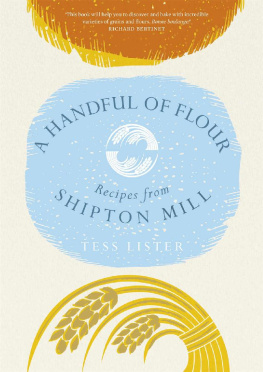
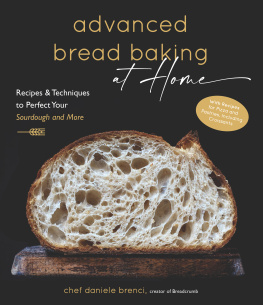
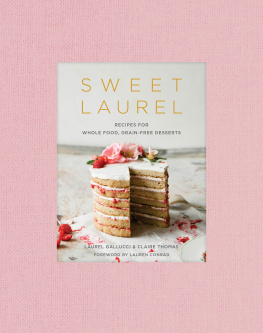
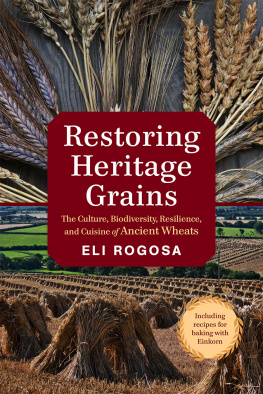
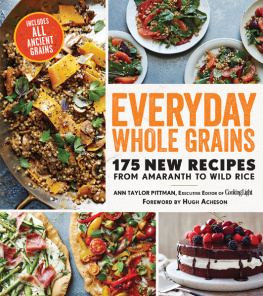



 DELICIOUS FLAVOR
DELICIOUS FLAVOR 




